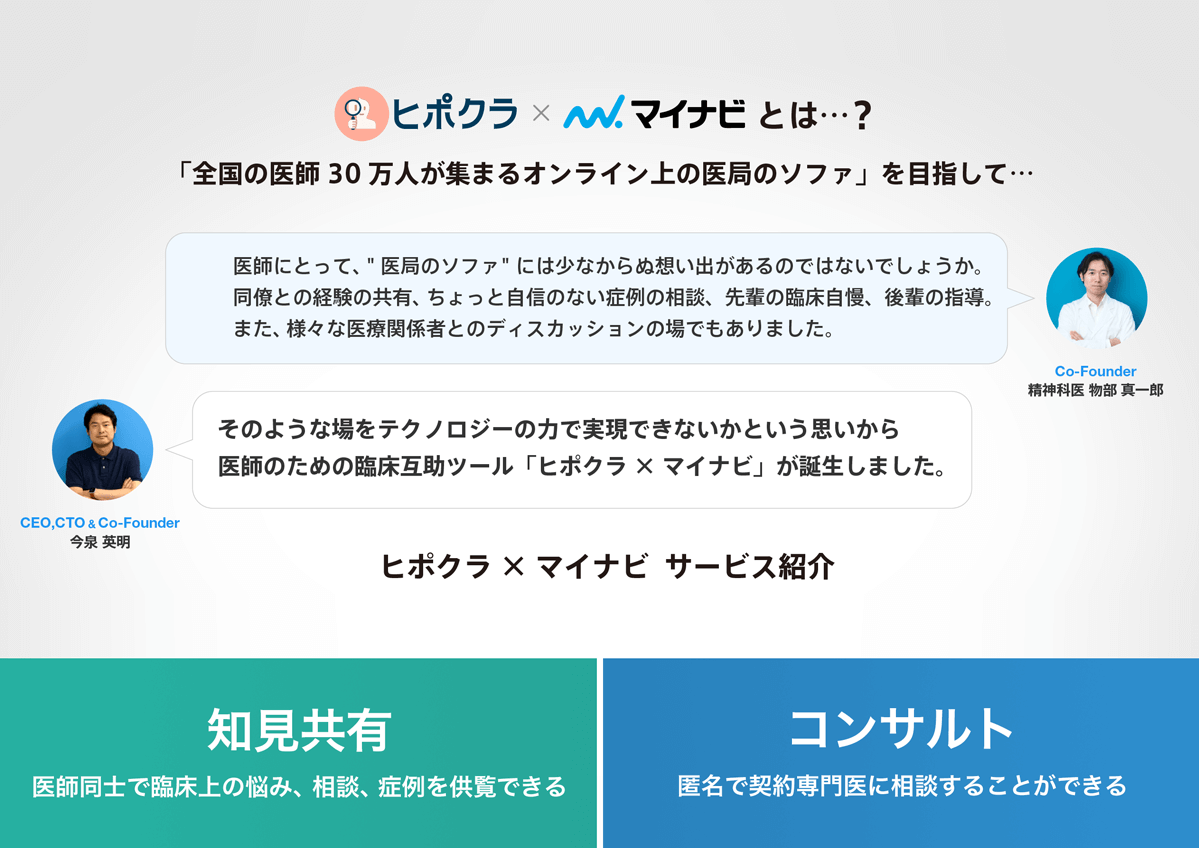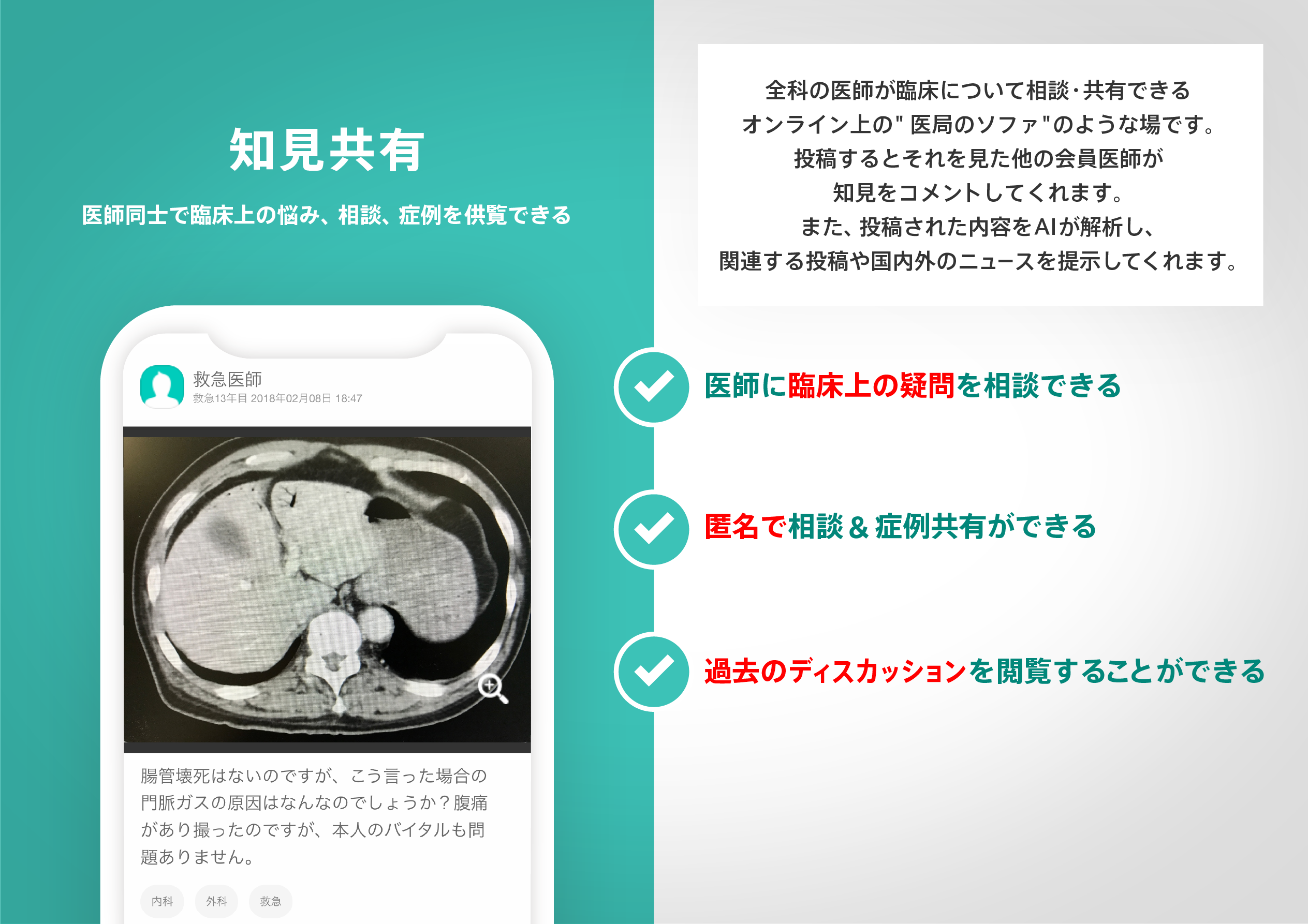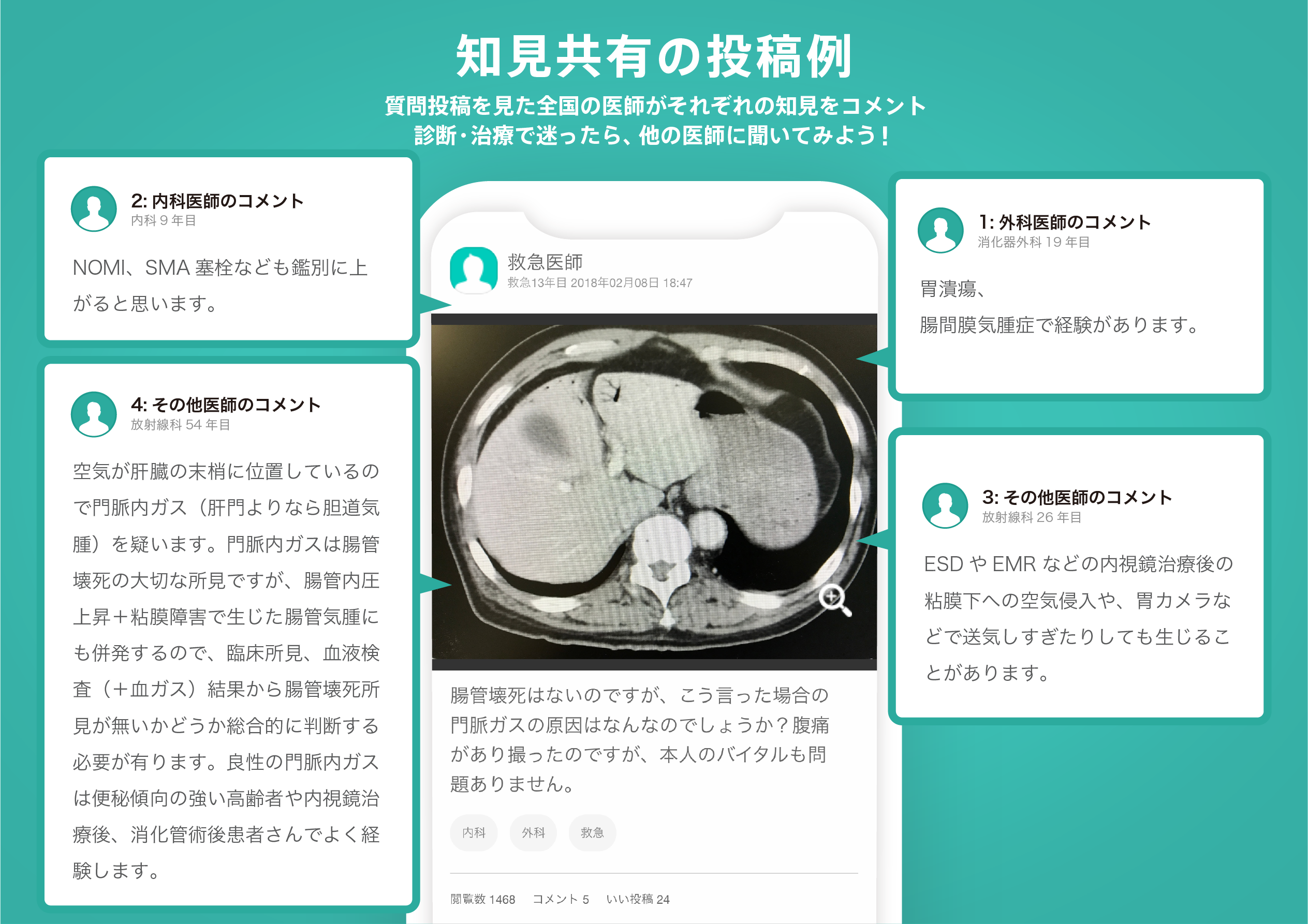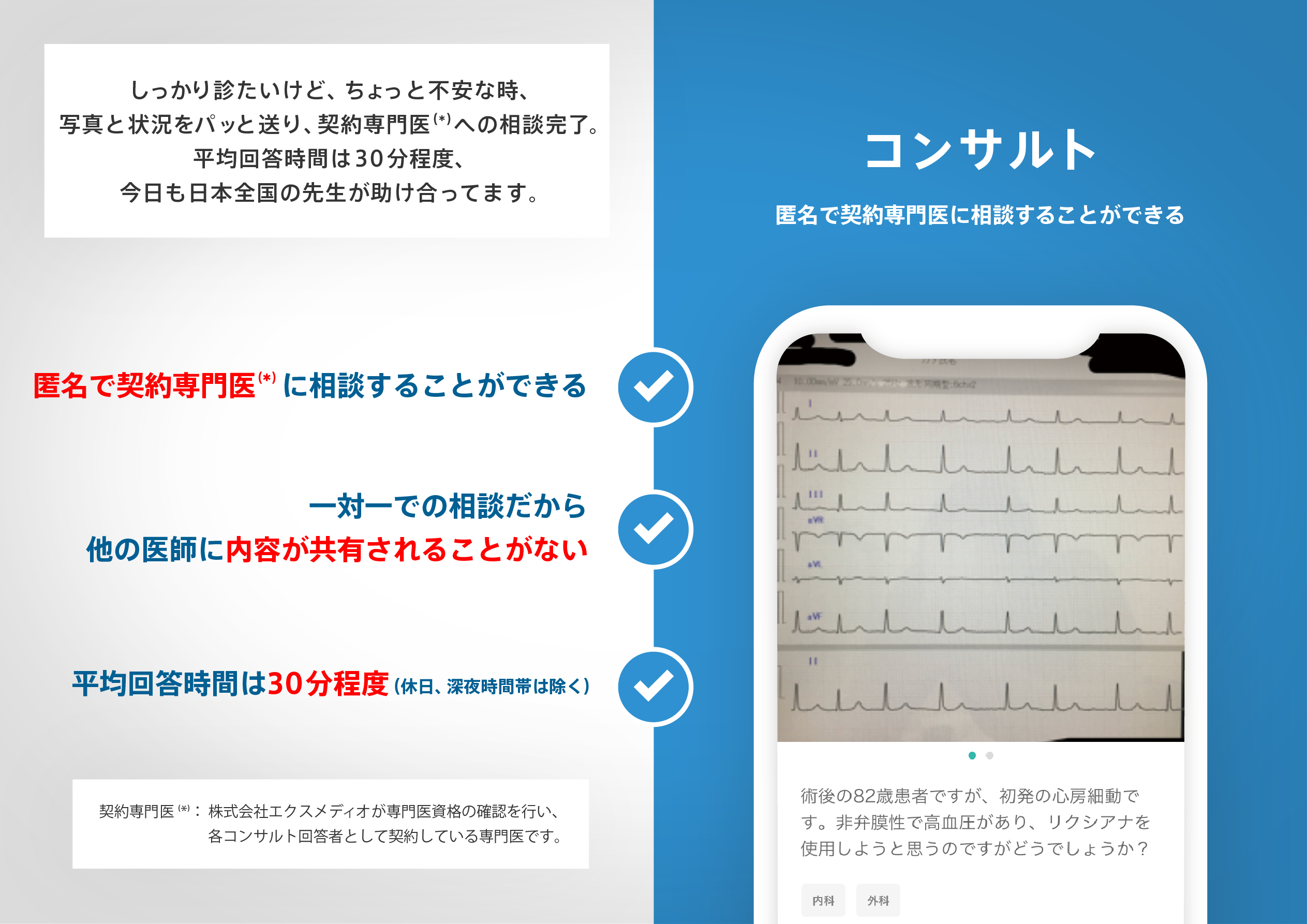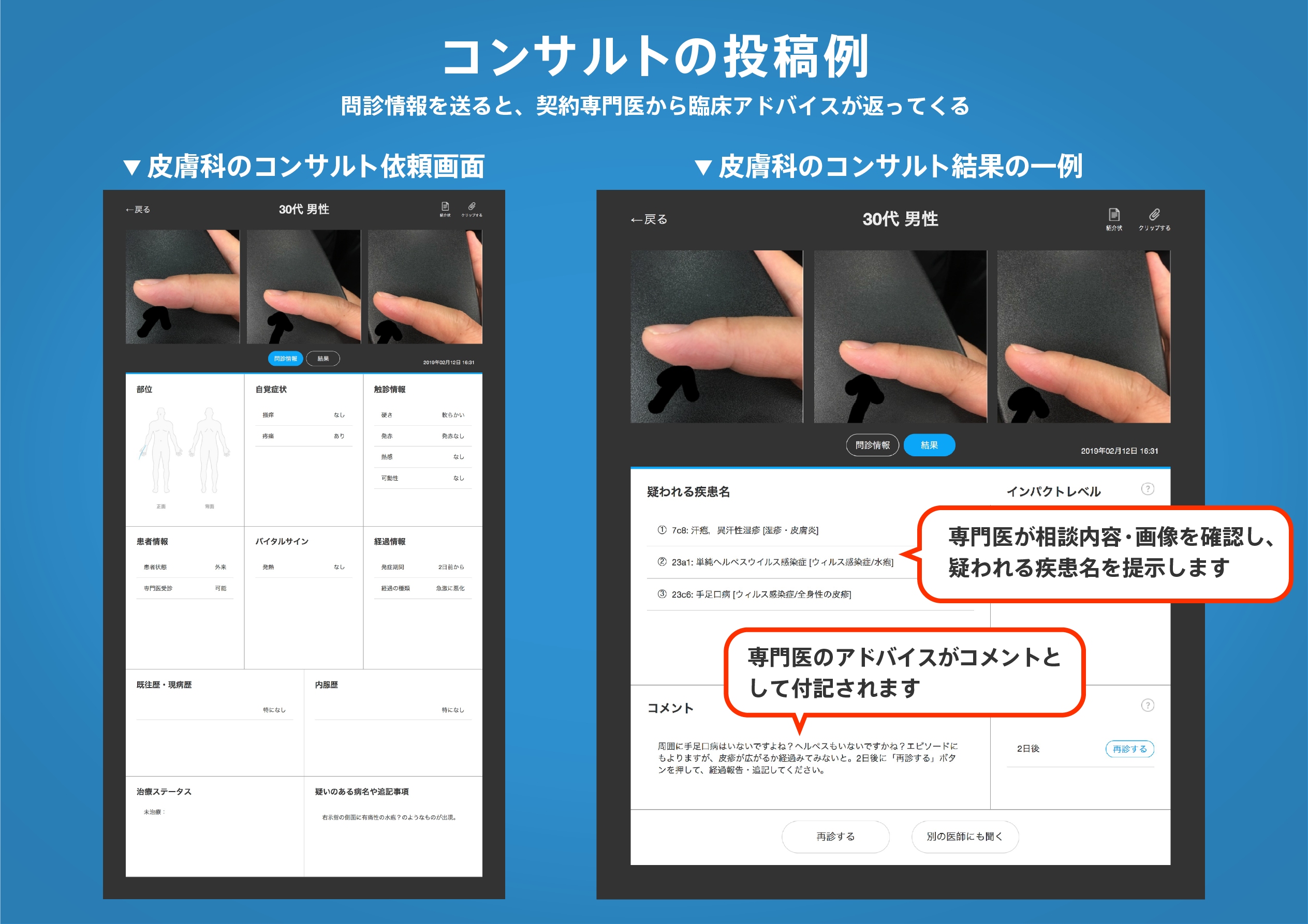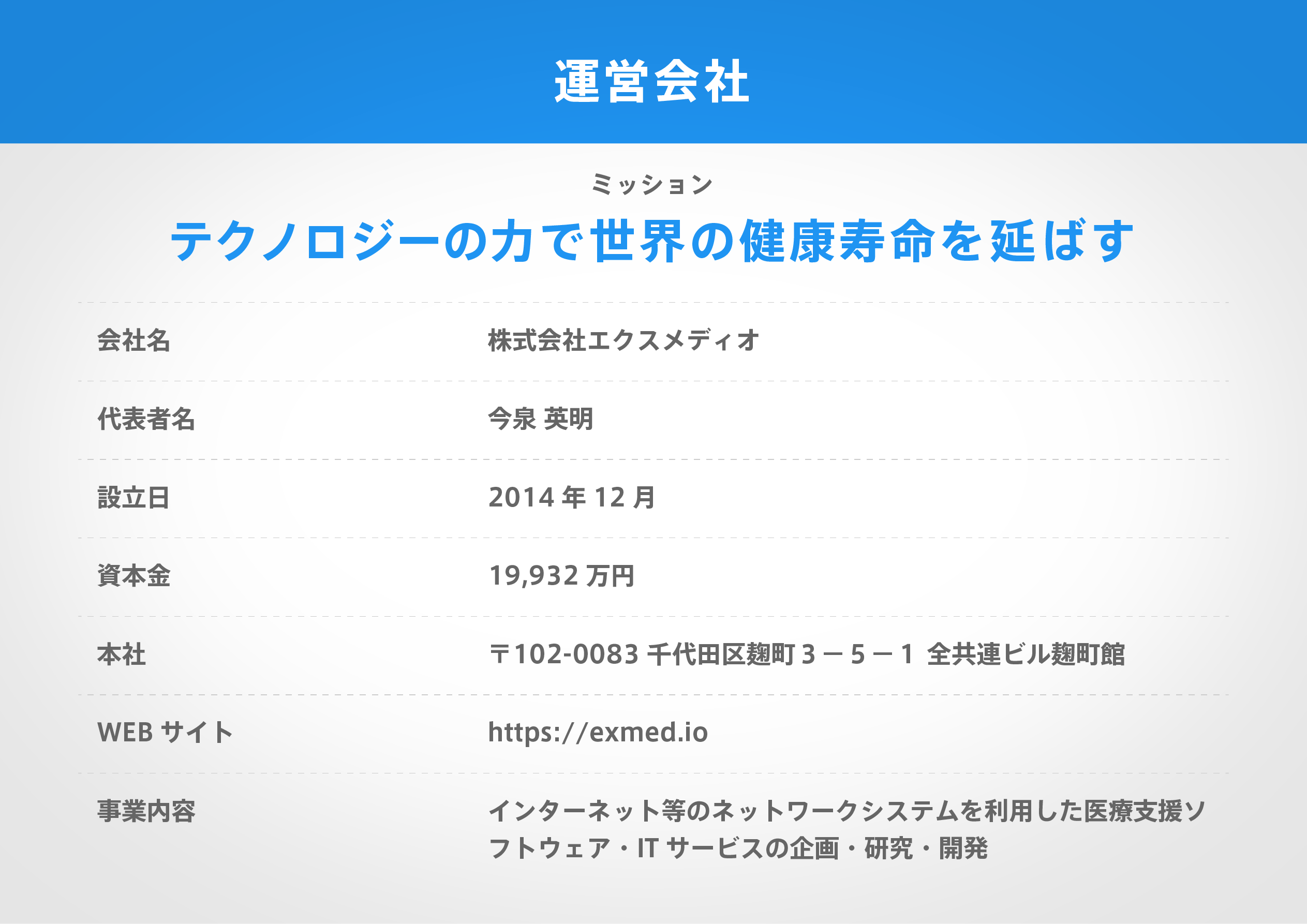著名医師による解説が無料で読めます
すると翻訳の精度が向上します
目的:急性膵炎(AP)の重症度と予後を予測する際に、急性膵炎(BISAP)とC反応性タンパク質(CRP)の重症度のベッドサイド指数の早期評価を調査する。 方法:過去2年間の病院での合計114症例のAPが遡及的に分析されました。24時間でアミラーゼ、血清グルコース、血清カルシウム、CRP、およびDダイマーのレベルを測定しました。評価基準によれば、BISAP、急性生理学、慢性健康評価(Apache II)、RansonおよびComputed Tomography Sefirity Index(CTSI)のスコアが得られました。軽度の急性膵炎(MAP)、中程度の重度の急性膵炎(MSAP)、重度の急性膵炎(SAP)、死者数、およびその割合を異なるBISAPスコアで比較しました。BISAPスコアと実験室指数、CRP、および異なるスコアリングシステムについて、相関分析が実施されました。SAPのBISAP Plus CRPおよびその他のスコアリングシステムの評価値を比較しました。 結果:BISAPスコアの上昇により、急性膵炎で重症度と死亡率の両方が増加しました(χ(2)= 78.616、p <0.01)。BISAPスコアは、CRP、D-ダイマー、血清グルコース(r = 0.451、0.329、0.241、p <0.01)と正の相関があり、血清カルシウムと負の相関があり((r = -0.315、p <0.01)。Apache-II、Ranson's、BISAPおよびCTSIスコア(r = 0.407、0.392、0.451、0.427、p <0.001)。CRPがBISAPスコアに含まれる場合、SAPの予測の曲線下面積(AUC)は0.873、BISAPスコアとCRPがAPと死亡の重症度に対して良い予測値を持っているように、死亡0.909を予測するAUC。 結論:臨床診療では、単純なBISAPスコアリングシステムがAPの重症度を予測する場合があります。また、BISAPスコアとCRPは、APに対してより良い予測値を持っています。
目的:急性膵炎(AP)の重症度と予後を予測する際に、急性膵炎(BISAP)とC反応性タンパク質(CRP)の重症度のベッドサイド指数の早期評価を調査する。 方法:過去2年間の病院での合計114症例のAPが遡及的に分析されました。24時間でアミラーゼ、血清グルコース、血清カルシウム、CRP、およびDダイマーのレベルを測定しました。評価基準によれば、BISAP、急性生理学、慢性健康評価(Apache II)、RansonおよびComputed Tomography Sefirity Index(CTSI)のスコアが得られました。軽度の急性膵炎(MAP)、中程度の重度の急性膵炎(MSAP)、重度の急性膵炎(SAP)、死者数、およびその割合を異なるBISAPスコアで比較しました。BISAPスコアと実験室指数、CRP、および異なるスコアリングシステムについて、相関分析が実施されました。SAPのBISAP Plus CRPおよびその他のスコアリングシステムの評価値を比較しました。 結果:BISAPスコアの上昇により、急性膵炎で重症度と死亡率の両方が増加しました(χ(2)= 78.616、p <0.01)。BISAPスコアは、CRP、D-ダイマー、血清グルコース(r = 0.451、0.329、0.241、p <0.01)と正の相関があり、血清カルシウムと負の相関があり((r = -0.315、p <0.01)。Apache-II、Ranson's、BISAPおよびCTSIスコア(r = 0.407、0.392、0.451、0.427、p <0.001)。CRPがBISAPスコアに含まれる場合、SAPの予測の曲線下面積(AUC)は0.873、BISAPスコアとCRPがAPと死亡の重症度に対して良い予測値を持っているように、死亡0.909を予測するAUC。 結論:臨床診療では、単純なBISAPスコアリングシステムがAPの重症度を予測する場合があります。また、BISAPスコアとCRPは、APに対してより良い予測値を持っています。
OBJECTIVE: To explore the early evaluations of Bedside Index for Severity in Acute Pancreatitis (BISAP) plus C-reactive protein (CRP) in predicting the severity and prognosis of acute pancreatitis (AP). METHODS: A total of 114 cases of AP at our hospital over the last 2 years were retrospectively analyzed. The levels of amylase, serum glucose, serum calcium, CRP and D-dimer in 24 hours were measured. According to the evaluation standard, the scores of BISAP, acute physiology and chronic health evaluation (APACHE II), Ranson and computed tomography severity index (CTSI) were obtained. Mild acute pancreatitis (MAP), moderately severe acute pancreatitis (MSAP), severe acute pancreatitis (SAP), death toll and their proportion were compared in different BISAP scores. Correlation analyses were conducted for BISAP scores and laboratory indices, CRP and different scoring systems. We compared the evaluative value of BISAP plus CRP and other scoring systems in SAP. RESULTS: With rising BISAP scores, both severity and mortality increased in acute pancreatitis (χ(2) = 78.616, P < 0.01). BISAP scores were positively correlated with CRP, D-dimer and serum glucose (r = 0.451, 0.329, 0.241, P < 0.01) and negatively correlated with serum calcium ((r = -0.315, P < 0.01). CRP was positively correlated with APACHE-II, Ranson's, BISAP and CTSI scores (r = 0.407, 0.392, 0.451, 0.427, P < 0.001). When CRP was included into the BISAP scores, the area under the curve (AUC) of predicting SAP was 0.873 and the AUC of predicting death 0.909 so that BISAP score plus CRP had a good predictive value for the severity of AP and death. CONCLUSION: In clinical practice, the simple BISAP scoring system may predict the severity of AP. And BISAP score plus CRP has a better predictive value for AP.
医師のための臨床サポートサービス
ヒポクラ x マイナビのご紹介
無料会員登録していただくと、さらに便利で効率的な検索が可能になります。

